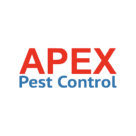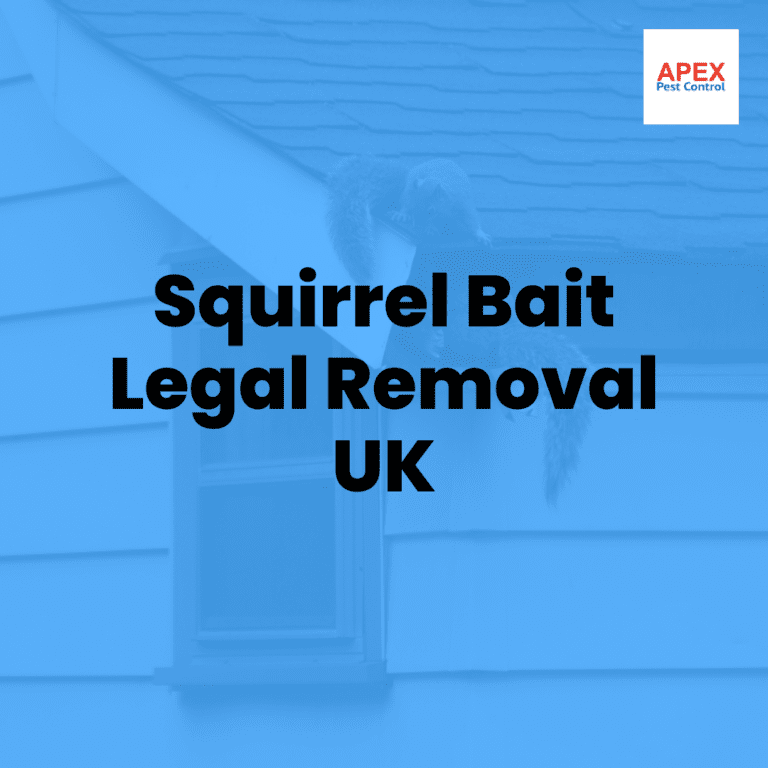Squirrel Bait: Expert Strategies for Grey Squirrel Control
A Silent Urban Threat
Grey squirrels (Sciurus carolinensis) cost UK forestry millions each year — and your loft could be next.
These invasive pests aren’t just a threat to our native red squirrels; they cause significant damage to homes, gardens, and businesses.
From gnawing electrical cables to shredding insulation and nesting in roof spaces, grey squirrels are a serious pest control issue. This guide explains professional, lawful, and humane squirrel management techniques that go beyond ineffective DIY fixes, ensuring safe and lasting results.
Explore the UK Grey Squirrel Control Regulations with our comprehensive guide, outlining legal requirements, ethical control methods, and their role in protecting native wildlife.
Why Grey Squirrels Demand Expert Action

Ecological Harm
Grey squirrels outcompete red squirrels for resources, spread deadly squirrelpox, and damage woodlands by stripping bark, disrupting mast cycles, and reducing biodiversity. Their impact is so severe that they are listed among the world’s 100 worst invasive species.
Property Damage & Safety Risks
In urban areas, grey squirrels often infiltrate lofts through soffits or vents, chewing wires (a fire hazard), ruining insulation, and causing disruptive noise.
Fact: Grey squirrels are a major cause of urban loft infestations in the UK, often outnumbering other wildlife pests in affected areas.
Legal & Ethical Limits
Homeowners must be aware of strict UK laws when it comes to grey squirrel control:
| Legislation | Implication |
|---|---|
| Wildlife and Countryside Act 1981 | Illegal to release trapped grey squirrels |
| Invasive Alien Species Order 2019 | Requires humane dispatch of invasive species |
| Animal Welfare Act 2006 | Mandates humane treatment of all animals |
Wildlife and Countryside Act 1981 and Invasive Alien Species (Enforcement and Permitting) Order 2019: It is illegal to release trapped grey squirrels; they must be humanely dispatched.
Animal Welfare Act 2006: Requires humane treatment and dispatch using approved methods, as endorsed by the BPCA and BASC.
The Pitfalls of DIY Squirrel Control
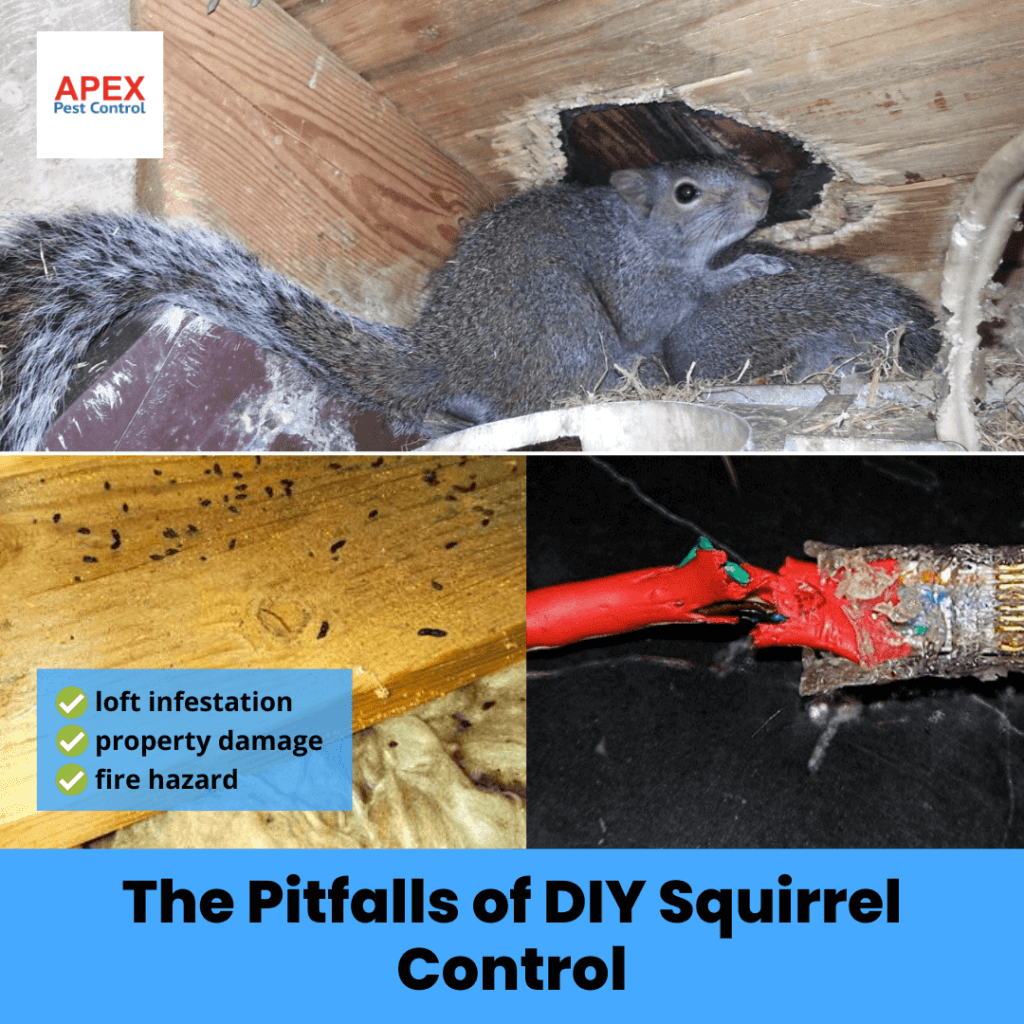
Common DIY Mistakes
Homeowners often resort to household items like ammonia-soaked rags, cayenne pepper, or loud noises, believing these will scare squirrels away. Unfortunately, such methods rarely work and may even breach wildlife protection laws.
Why It Fails
- Traps may not be checked frequently, breaching the Animal Welfare Act
- Entry points may be sealed before all squirrels have left
- Non-target species like birds or hedgehogs may be harmed unintentionally
Note: Always use trail cameras and expert consultation before attempting any control strategy.
Key Point: Only approved, humane methods should be used for squirrel control.
The Expert Three-Pillar Strategy
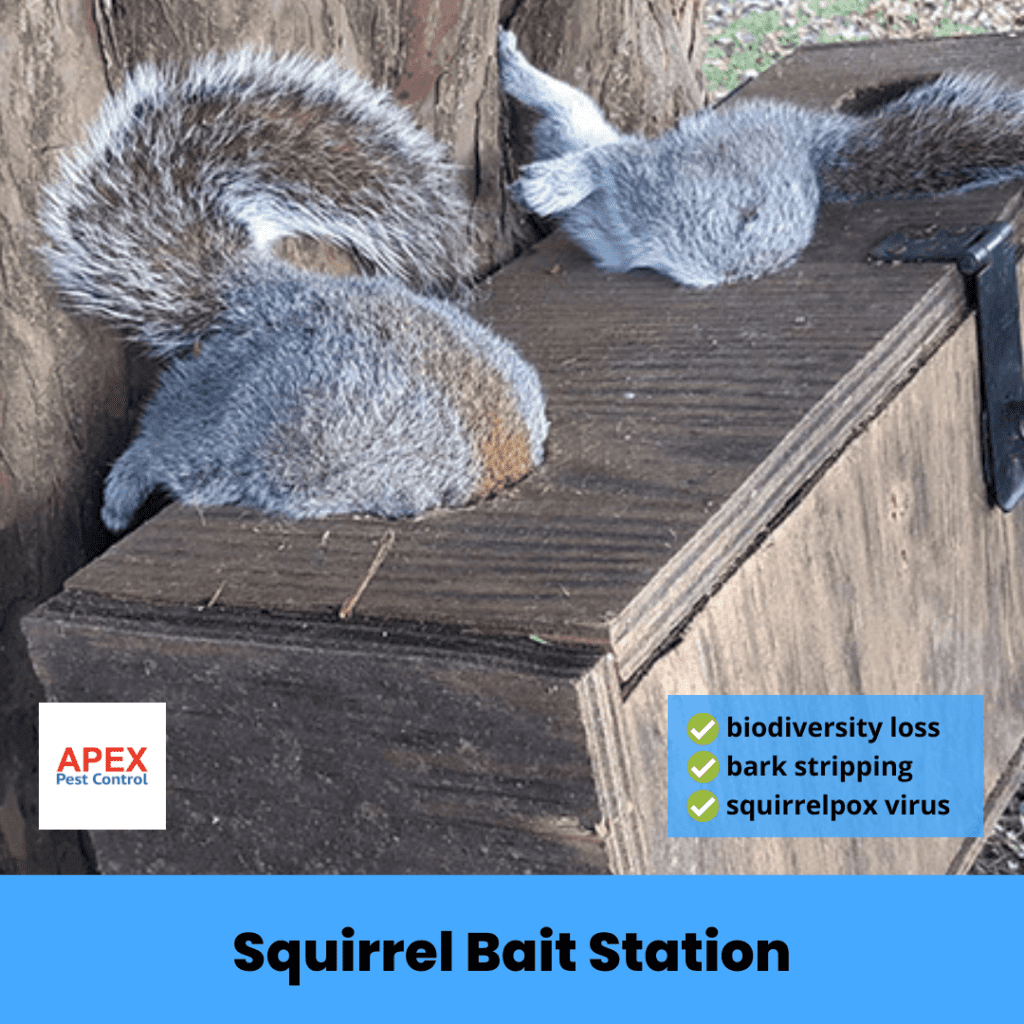
1. Baiting: Targeted & Seasonal
Pros: High capture success; non-toxic options available.
Cons: Requires precise timing and may attract unintended wildlife.
Note: Baiting should be carried out by trained professionals to ensure compliance and effectiveness.
2. Humane Trapping & Dispatch
Approved methods include:
- Cranial concussion (BASC-endorsed)
- CO₂ euthanasia (for licensed experts)
- Air rifle shooting (in controlled, legal settings)
Pros: Legal, ethical, and compliant with UK regulations.
Cons: Requires training; misuse risks harm to non-target species.
3. Structural Proofing: Locking Squirrels Out
Common Entry Points:
- Roof vents, gable ends
- Damaged soffits, fascias
- Pipe/cable holes
- Overhanging branches
Proofing Materials:
- 6mm galvanised wire mesh (rodent-proof)
- Steel flashing (20+ years durability)
- Mesh wool/mortar for gaps
| Pros | Cons |
|---|---|
| Permanent exclusion | Labour-intensive |
| Prevents repeat infestations | May require roof or tree work |
Key Point: Proofing is the only permanent way to stop re-entry.
Pros: Long-term exclusion; prevents repeat issues.
Cons: Labour-intensive; may require roofers or arborists.
Integrated Pest Management (IPM) for Squirrels
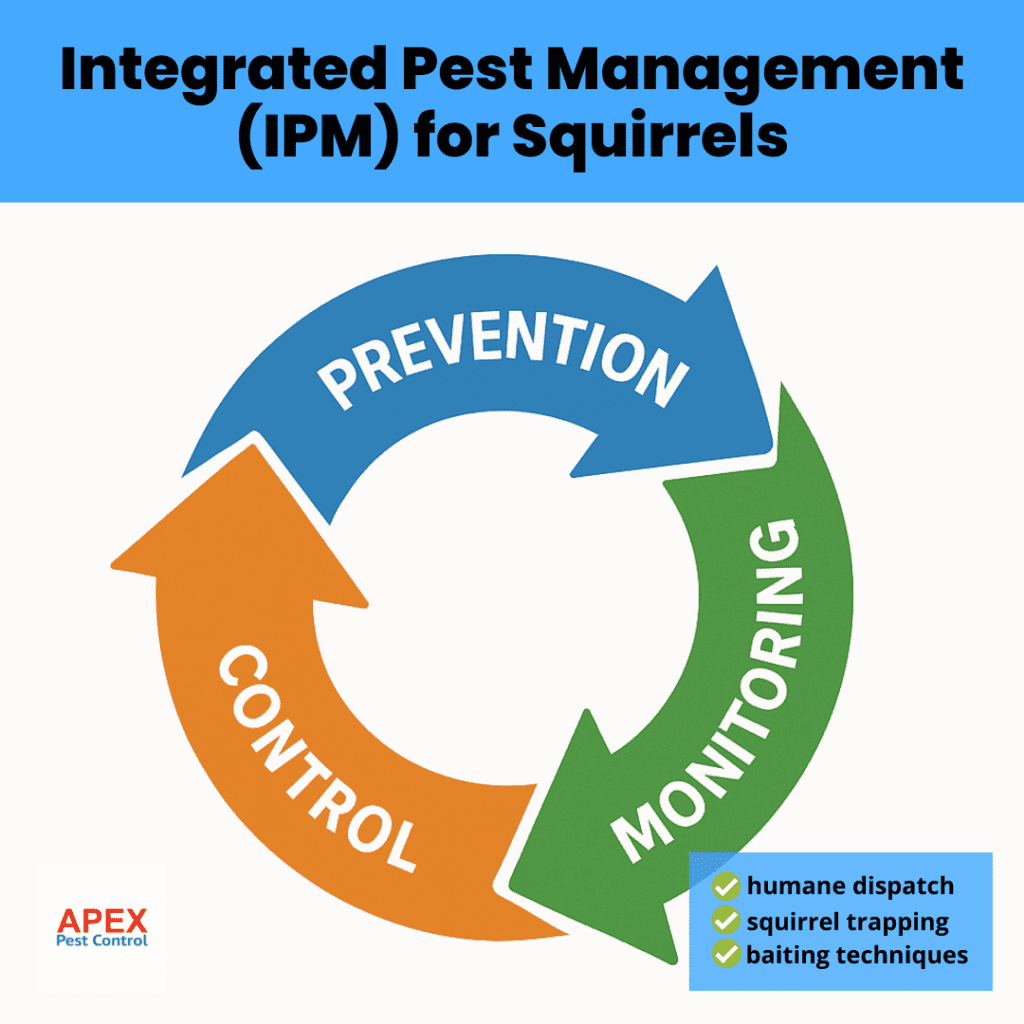
Habitat Adjustments
- Use squirrel-proof bird feeders.
- Trim branches at least 2m from roofs.
- Secure bin bags to deter pests.
Monitoring Tools
- Trail cameras to track activity.
- Ultrasonic deterrents (limited efficacy; not a standalone solution).
Ethical Rescue
- Professionals liaise with sanctuaries to re-home orphaned juveniles legally.
Note: Many pest experts now include wildlife rescue clauses for dependent young.
Legal & Ethical Notes
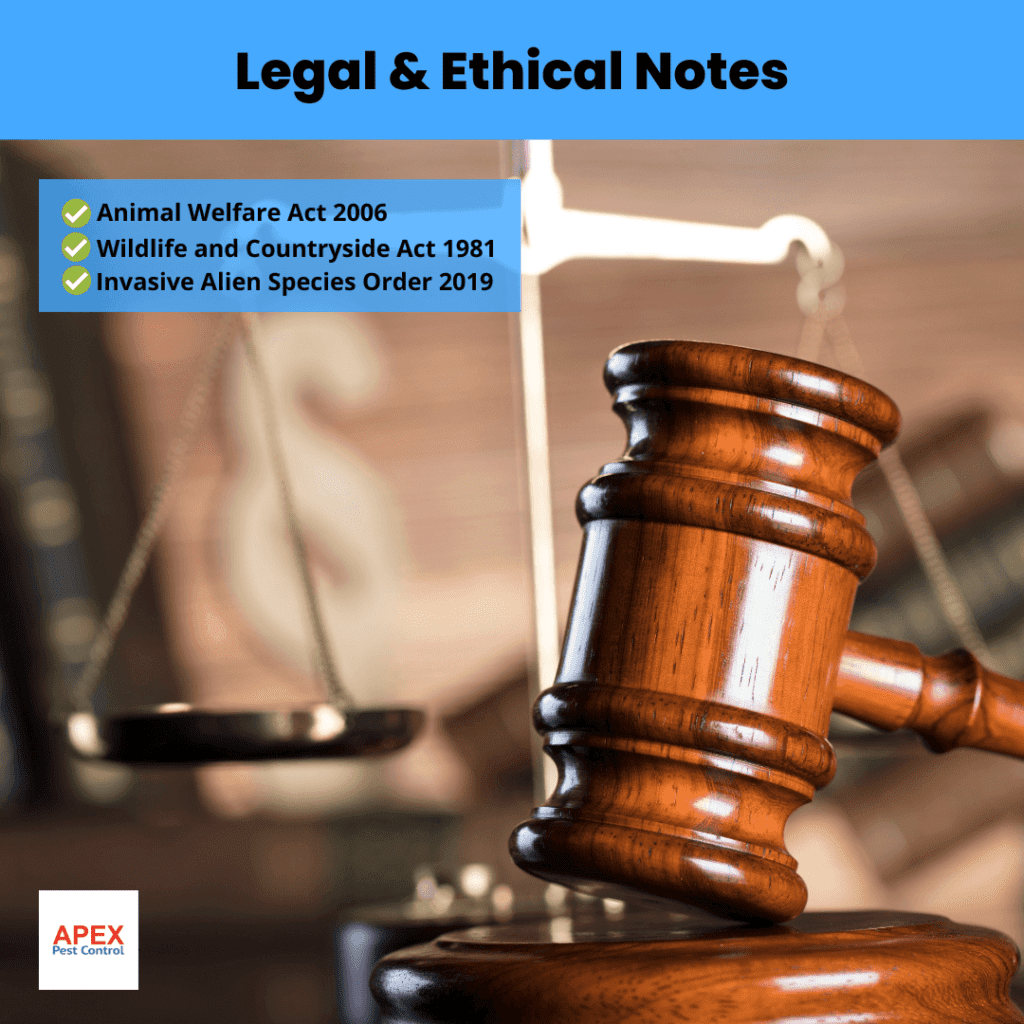
Case Study:
A homeowner faced a substantial fine for releasing trapped squirrels, unaware of UK laws.
Fact: It is illegal to release grey squirrels once caught; humane dispatch or professional intervention is required.
“We Thought It Was Birds in the Roof—Until We Discovered a Costly Rodent Nest”
Homeowner in Surrey shares a cautionary tale about pest-related property damage
The Hidden Cost of Ignoring Strange Noises
“We dismissed the scratching in our roof as birds for months—until we spotted gnawed electrical cables and a nest of shredded insulation. The final repair bill exceeded £2,000,” explains a Surrey homeowner.
Their experience underscores the risks of untreated rodent infestations, which can lead to fire hazards, structural damage, and costly repairs.
Understanding Rodent Risks in UK Homes
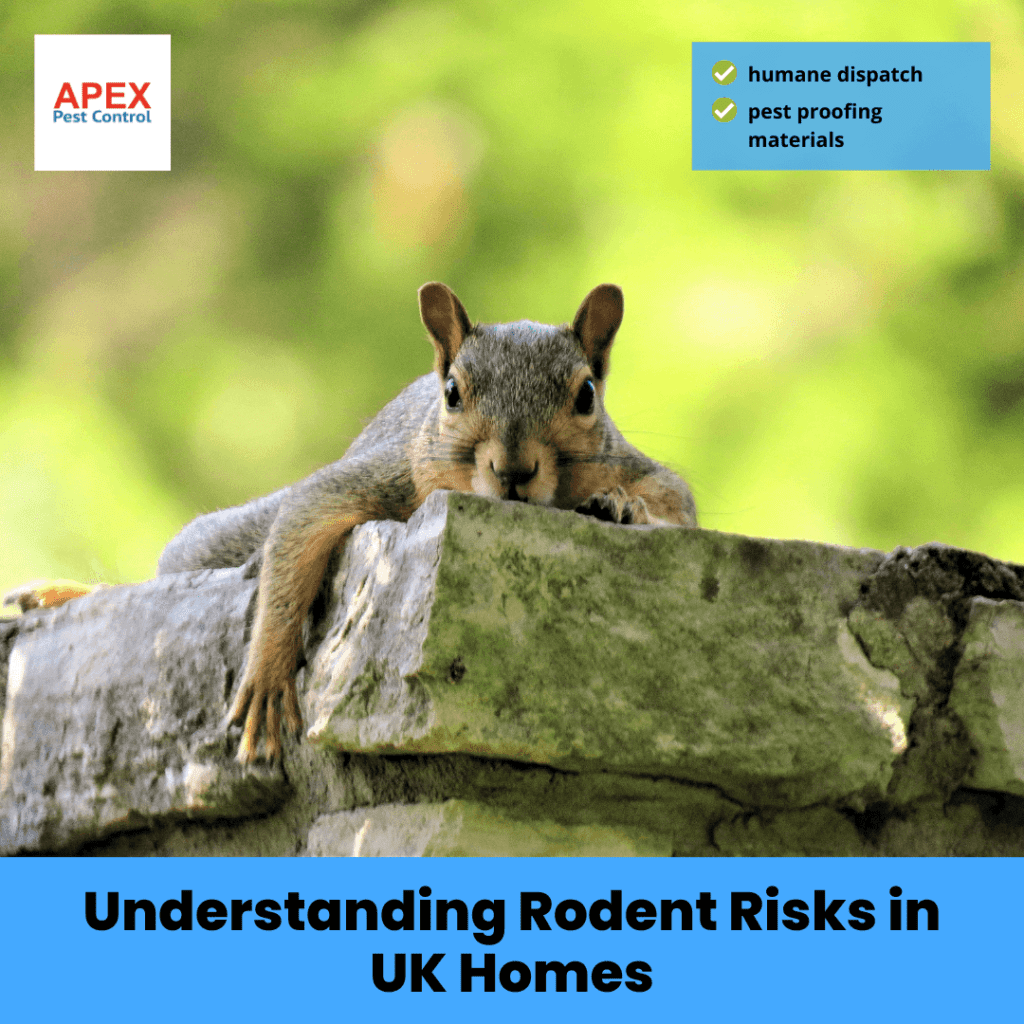
Why Roof Spaces Are Vulnerable
- Gnawing Hazards: Rats and mice instinctively chew materials like wiring and insulation, increasing fire risks and compromising building integrity.
- Nesting Behaviour: Shredded insulation and stored materials provide ideal nesting sites, exacerbating infestations.
Financial Implications
- Average Repair Costs: Damage from rodents often exceeds £1,500–£2,500, covering rewiring, insulation replacement, and pest-proofing.
- Insurance Caveats: Most home insurance policies exclude rodent damage, placing financial responsibility on homeowners.
Legal Obligations and Safe Solutions
- Homeowner Responsibilities
- Under the Prevention of Damage by Pests Act 1949, property owners must address infestations promptly. Local authorities can enforce action if neglected.
When to Call a Professional

Technician Qualifications: Always use BPCA-certified or RSPH Level 2-trained pest controllers, who comply with:
- Health and Safety at Work Act 1974
- Control of Pesticides Regulations 1986.
- Humane Practices: Wildlife-compliant methods, such as tamper-resistant bait stations, are legally required under the Animal Welfare Act 2006
Step-by-Step Squirrel Control Plan
- Inspect: Look for droppings, chewed insulation, or scratching sounds.
- Bait & Trap: Position traps on active paths; check daily.
- Humane Dispatch: Use certified technicians or approved methods.
- Proofing: Seal entry points with robust materials.
- Monitor: Deploy cameras or sensors.
- Call Experts: For complex or loft infestations, always consult a BPCA-certified professional.
Common Questions Answered
Can I release a trapped grey squirrel?
No. UK law bans releasing grey squirrels. You must humanely dispatch them or hire a licensed pest controller trained in invasive species regulations.
What if I find baby squirrels in my loft?
Do not handle them. Contact a wildlife rescue or professional pest controller to identify the species and refer juveniles to a registered sanctuary.
Do ultrasonic repellents work for squirrels?
They may offer short-term deterrence, but evidence suggests they’re unreliable. Robust control depends on habitat changes and proofing entry points.
Can I use poison for squirrel control?
No. Rodenticides like warfarin are no longer authorised for squirrels due to welfare and environmental risks. Only certified professionals can use approved methods, and no amateur-use poisons are available.
How do I know if it’s a squirrel or rat in my loft?
Squirrel droppings are larger and rounded; squirrels are active by day, rats by night. Experts use trail cameras for precise identification.
Conclusion: The Long-Term Solution
Effective squirrel control merges science, compliance, and compassion. Baiting is just one part of a broader plan involving trapping, ethical dispatch, and thorough proofing. By adopting these methods and working with certified professionals, you’ll safeguard your property, wildlife, and peace of mind.
Ready to act?
Speak to a NPTA or BPCA-certified specialist for a compliant inspection and tailored action plan.
For more information or to book a professional assessment, contact Apex Pest Control in South Yorkshire, your local NPTA and BPCA member, today.

Tony Johnson, Founder & Lead Technician at Apex Pest Control, is a BPCA and NPTA accredited pest management expert with over 35 years’ hands-on experience. Tony specialises in Integrated Pest Management and ensures all services comply with UK pest legislation, including the Wildlife and Countryside Act 1981 and COSHH Regulations 2002. His commitment to continual learning and adapting to industry best practices means clients receive effective, safe solutions for pests affecting homes and businesses across South Yorkshire. Tony’s dedication to professional standards, ethical treatment methods, and local expertise has made him a trusted partner for pest control and prevention.
-
BPCA & NPTA accredited | CHAS certified
-
Committed to UK pest law compliance & safety
-
Focused on effective, ethical pest management for South Yorkshire
